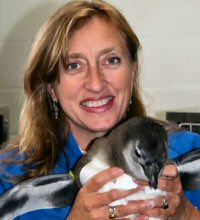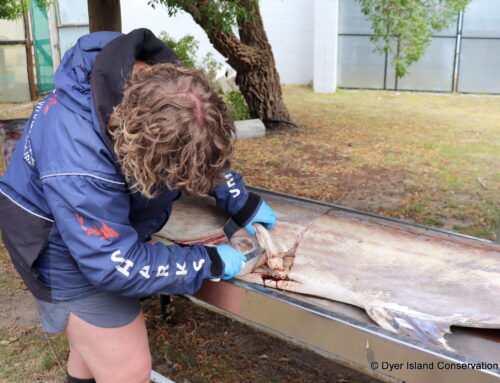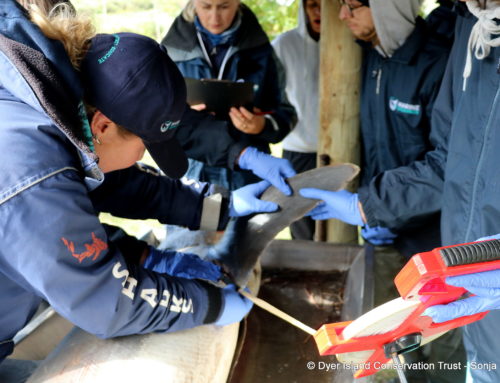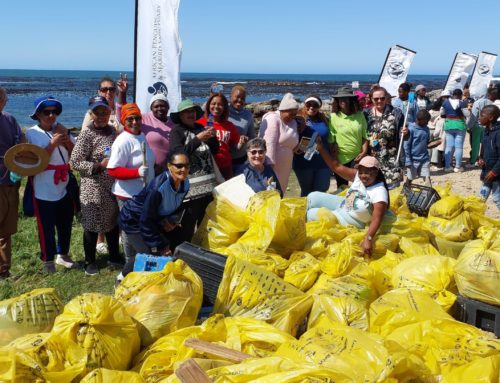THE GREAT PENGUIN RESCUE
July 20, 2010 by dyertrust

This month sees the 10th anniversary of this oil spillquite profound considering the current BP oil crisis in the Gulf of Mexico. Up to 38,000 penguins were affected, either directly or moved out of harms way. After 12,500 volunteers labored for 556,000 grueling hours, 95% of the penguins were returned to the wild. At the time of the spill, Wilfred Chivell, founder of the Dyer Island Conservation Trust, arranged a donation of 30 tons of fresh fish.
Dyans new book, The Great Penguin Rescue (Simon & Schuster) details this amazing rescue and goes on sale on the 26th October 2010. Dyan deNapoli has worked closely with penguins at Bostons New England Aquarium and in the wild for fifteen years. For more about Dyan and her amazing work, and to pre-order her book, see her authors profile onhere.
We are very grateful to Dyan for her support and promotion of the Trust and her offer to support our work further from proceeds made by the sale of her book.
| The bulk ore carrier MV Treasure sank off western South Africa between Dassen and Robben islands, which support the largest and 3rd largest colonies of African Penguins Spheniscus demersus, on 23 June 2000. Subsequently, more than 19000 penguins were oiled, almost twice the previous highest number of seabirds oiled during a single event in southern Africa – 10000 penguins after sinking of Apollo Sea in June 1994. About 19000 oiled penguins were collected for cleaning and care; about 150 oiled adults died in the wild.Some 19500 clean penguins were caught at Dassen and Robben islands and relocated to Port Elizabeth, 800 km to the east, to remove them from waters affected by the oil. Of all penguins caught, which amounted to 20% of the species population, less than 2000 died within the first month, considerably less than in the Apollo Sea spill. This can be attributed to improved transport of penguins and the rapid arrival at rescue centres of experts able to administer emergency care.
However, resources were severely extended and mortality would probably have been considerably higher had large numbers of birds not been removed from the area affected by the oil. Many relocated birds returned to their home islands within a month of being released, but considerable disruption of pair bonds is expected to result from mortality, different periods in captivity and asynchronous moult. This is likely to decrease breeding success. Future recruitment to colonies will also be reduced by substantial loss of chicks and eggs. Although, more than 3000 orphaned chicks were collected for artificial rearing, an estimated 4000 died at the islands before they could be rescued. Up to 20% of Bank Cormorants Phalacrocorax neglectus at Robben Island, the 3rd largest colony in South Africa, died. There was low success in catching oiled cormorants and in saving those that were caught. Of 53 grown birds of four species of cormorant that were oiled and caught, only 17 survived. Artificial rearing of Bank Cormorant chicks, which it was feared may be orphaned, proved more successful. Spilt oil had minor impact on gulls, terns and shorebirds in the region. |




